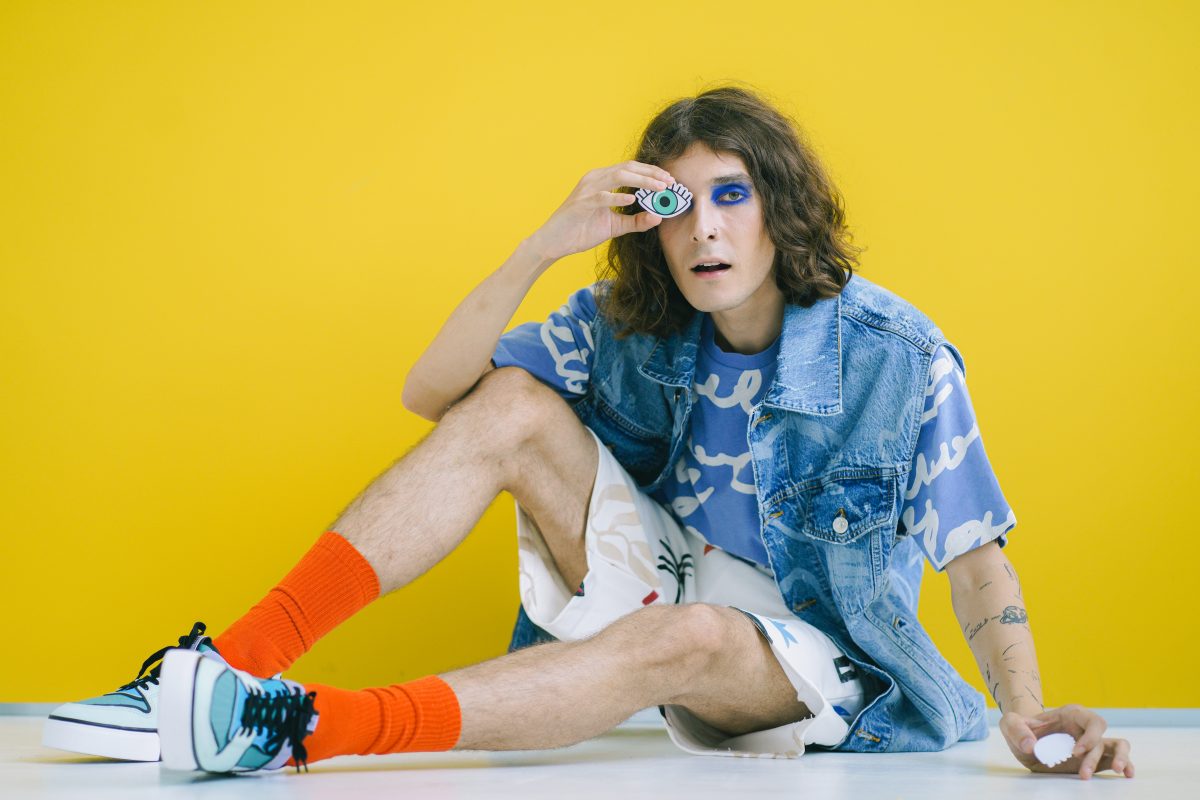Luxury fashion brands that want to stay relevant and ‘cool’ need to embrace the latest trends in social media. And is there any social trend more ‘in’ right now than being on TikTok?
TikTok is one of the fastest growing social media platforms in the world, showcasing short-form videos. Content on TikTok typically includes catchy soundtracks, snazzy editing, and reaction-style clips. It’s hugely popular with the Gen Z cohort and has a reputation as a platform where authenticity and relatability thrive, as opposed to platforms like Instagram where highly-polished and often-staged content proliferate. Perhaps this commitment to authenticity is why TikTok is so beloved by the teens of today.
TikTok’s popularity with Gen Z is exactly why luxury brands need to get on the platform. Estimates suggest that 20% of global luxury spending in 2025 will be accounted for by Gen Z. Therefore, luxury brands need to reach out to this high-potential cohort—and soon—before their brand loyalties are cemented! And luckily for these brands, TikTok is the perfect platform to do so as TikTok’s user base is comprised 60% by Gen Z. However, being on TikTok can come with its own complexities; It’s not a platform that you can enter into half-heartedly. This is because a presence on TikTok, with its emphasis on relatable and authentic content, cannot be successful without a unique strategy.
Chasing Success on TikTok
TikTok, with its features such as TopView and platform culture of quickly proliferating challenges, makes it the perfect playground for brands to freshen up their images, interact with their audience and drive sales conversions. For example, Balenciaga successfully used the TopView feature to launch their shoppable campaign over the 2019 Christmas season. The campaign garnered more than 23 million total impressions, an 18% clickthrough rate, and more than 25 million total video views. It was a resounding success and persuaded the brand to extend the campaign to the UK and Italy. Other luxury brands such as Gucci have taken advantage of the culture of challenges on TikTok to make their brand name stand out and come to the forefront of the Gen Z minds. Gucci created the #accidentalinfluencer campaign to promote their 1977 vintage-inspired Tennis sneakers featuring bespoke choreography. The campaign achieved 2.5 million views. But by far the most successful Gucci campaign on TikTok was actually user-generated. The #guccimodelchallenge was started by TikTok users who noticed Gucci’s unique fashion show aesthetic, and spawned a plethora of creators who started dressing in the brand’s signature style using household items. The trend went viral, and Gucci itself piggybacked on the success of this trend by creating their own similar challenge.
As such, it can be seen that success on TikTok for luxury brands is certainly possible; however, brands need to tap into the cultural and social norms of the platform and behave accordingly.
First of all, brands need to project themselves as authentic, and be relatable. This means shedding the ‘exclusive’ image that many luxury brands create for themselves and showing off a more lighthearted and funny side of themselves. This can be done without destroying the brand reputation and image that has been developed previously. Just like people can present different sides of themselves in a professional setting and a more relaxed, personal setting, brands can also present a more relaxed side of themselves on TikTok while staying true to their core beliefs and brand image.
It’s also important to stay abreast of TikTok trends and challenges, and to see where the brand can take advantage of these to garner attention. TikTok trends can change quickly, and thus, it’s important to monitor the platform constantly and to react quickly to any favorable trends or challenges. These trends may be popular challenges, soundtracks that reference or somehow relate to the brand, or even any positive mentions of the brand that it can leverage for good publicity. Do this well and the brand content may even gain virality.
Alternatively, the brand can also make its own content with the hope it will gain traction, and ideally, go viral. This content can be done completely in-house using employees of the brand or it can be done by employing influencers. Employing influencers may have a larger chance of success given that they will have knowledge on what is likely to do well and trend on the platform, and have a larger audience base given their established popularity on the platform. But creating content in-house also has a decent chance of being successful considering the platform’s algorithm which prizes content over creator. If choosing to employ influencers, make sure they are influencers whose usual content relates to your product so that the collaboration seems more authentic.
These are a few ways how luxury brands can use the platform of TikTok to gain the loyalties of Gen Z. But as the platform is a relatively young one, the norms of the community and the features offered may change. It’s really an exciting opportunity for brands to explore the platform and experiment with their brand image.

